What is Zapier?
Zapier is an all-one-space to automate your opportunities, Contacts, possibilities, sales outreach, etc. That means Zapier is an online platform that automates all your workflows by connecting various apps and services. There are around 5,000+ apps and services available in Zapier. These will help you to make your work and life simpler and more manageable. We can call “Zapier a bridge” where it can connect two ends of an app.
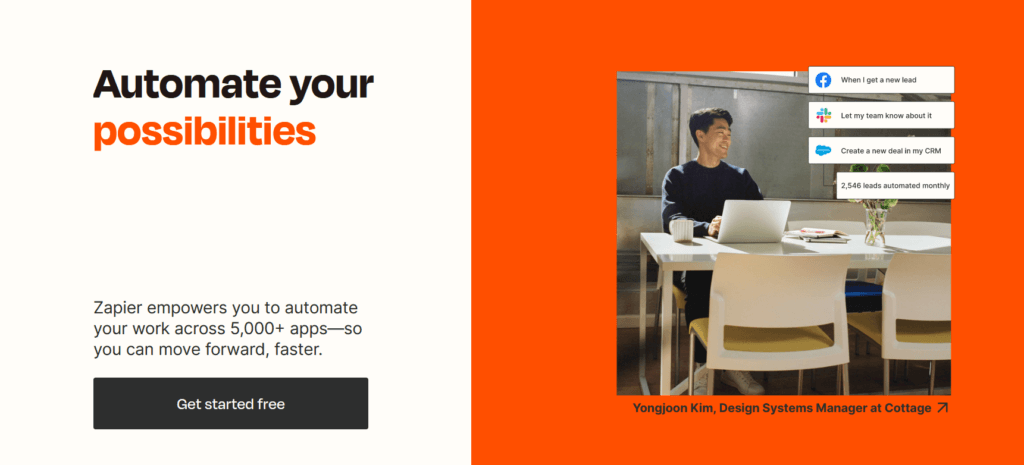
What is Constant Contact?
Constant Contact is one of the world’s biggest and oldest email marketing software providers. It started in 1995. Currently, Constant Contact has over 650,000 customers. It provides you with all the essential features of an email marketing tool. Additionally, it has the features like event management, appointment scheduling, etc. It is used to create websites, email marketing campaigns, analyze marketing campaigns, etc.
Who uses?: Small businesses, individual bloggers with high quality visitors, organizations, etc.
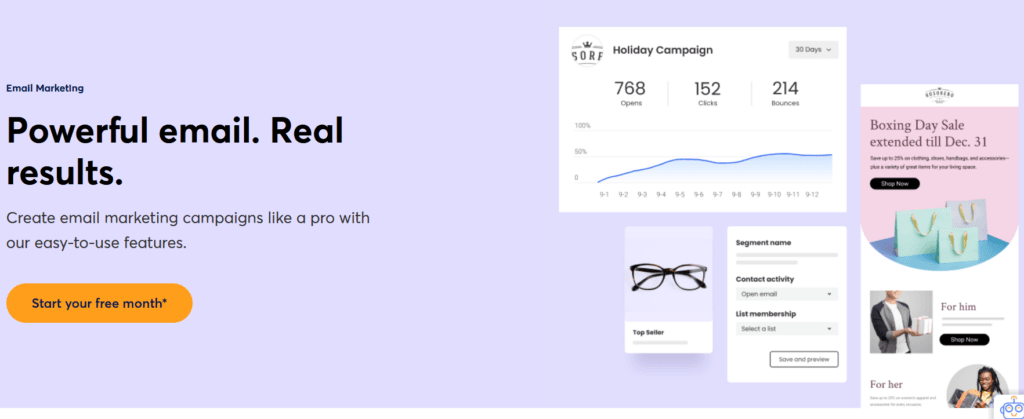
Constant Contact has around 350 integrations. That is amazing. All the integrations are filtered into different categories like Ecommerce, CRM, Event management, etc. So you can easily find the apps. Some of the eCommerce apps include Shopify, Stripe, WooCommerce, etc. Some social media apps include Facebook, Instagram, Twitter, etc. And there are also so many other apps like Google Ads, Facebook ads, WordPress, Gmail, Salesforce, etc.
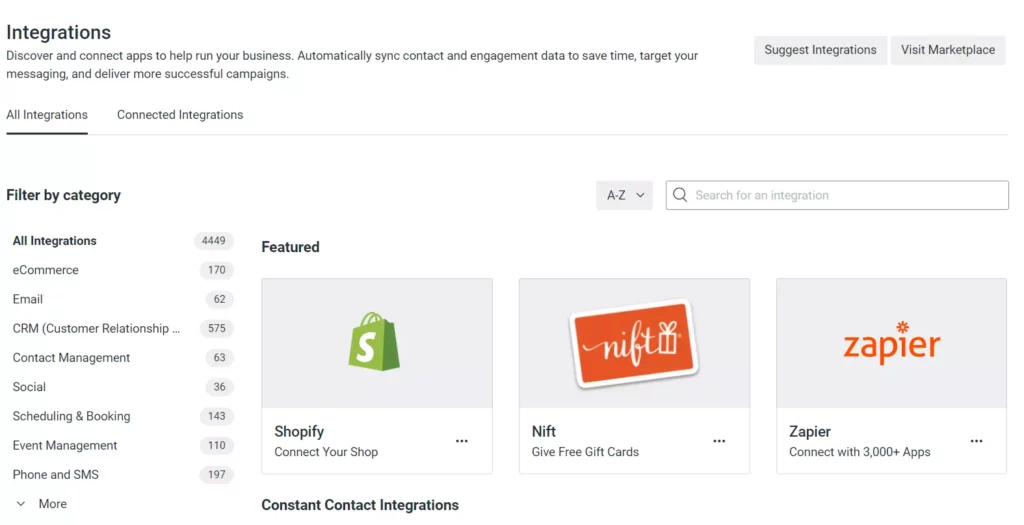
Constant Contact – Zapier Integration
Zapier is one of the leading integration of Constant Contact where you can connect 5000+ apps with Constant Contact using Zapier. You will get the integration option from Constant Contact’s top menus. From there you can easily find Zapier. Click on Zapier. If you already have a Zapier account, then you can connect it from there itself. Otherwise, you can create an account from there.
After connecting Zapier, Constant Contact wants to access the list of your Zap and their status. So, you have to click authorize to grant permission.
After granting access, you will get all the Zap. From there you can connect to whichever app you want. The apps are categorized into eCommerce, Email, CRM, Contact Management, Social, Scheduling & posting, etc. And there, you can see popular apps also.
#Example 1
Here I am showing how to connect PayPal with Zapier. PayPal is a fast and safe way to send money, receive money, set up merchant accounts, make online payments, etc. After selecting PayPal, it will take you to the Zapier.
There will be so many events available on PayPal. Here I am selecting “Trigger when All merchant Transactions, regardless of status” and then, creating a contact on a specific list in the Constant Contact account.
Given below are the base settings of Constant Contact and PayPal. From here you can set up the settings like event, contact adding list, transaction, etc.
In the PayPal settings, there will be several settings. If you want to choose a different app instead of PayPal, you can do it from there. You can also choose the PayPal event from there. PayPal has a list of events like “Only successfully completed payments”, “only refunded payments”, etc.
The next step is setting up the webhook URL. You will need to configure your app with this Zap’s webhook URL. You will get a URL from these settings. So, you have to add this URL as your PayPal IPN Url. Then the next step is, you have to test your trigger. Zapier will find all the merchant transactions in your PayPal account to confirm that the right account is connected and your trigger is set up correctly.
From there you will get all your transaction lists. From there, you can select one transaction. You can see the body, address city, country, etc. of the transaction.
The next is Constant Contact settings. The first step is to set up the event. The invent list includes creating contact, updating contacts, finding contact, etc.
The next step is you have to connect to the Constant Contact account if you have more than one account, you can log out of any account anytime and connect to any account you want.
Then there will appear a popup that Zapier would like to access your account update, campaign data, account read, etc. you have to allow the access. Then only Zapier can fetch the data from your Constant Contact account. After allowing access, click continue.
The next step is to Set up action. In that, there will be so many fields like Create source, email, List, First name, etc. In this, most of the fields are optional. Required fields are Create source and Email. Create a source describing who added the contact. After filling in the fields, click continue.
The next step is Test Action. To test Constant Contact, Zapier will create a new Contact. This will check whether everything is working correctly or not. If there is an error happens, you can retest and review it.
Then they will use a sample like the one given below for setting up the rest of your Zap. It will contain contact_id, email address, permission to send, updated date, etc.
After the test is done, you can click Publish Zap. It will Publish and save your setup, turn on your Zap and start to automate your work. Simple.
Now you can see the connected integration from the Zapier integration. From there also, you can visit Zapier. If you want to disconnect that integration, then, you can do it from there.

#Example 2
Let’s see another example. Here we are going to connect Twitter to Constant Contact using Zapier. Here I selected “Trigger when a specific user likes a tweet”, then “Creates a contact on a specific list in your account”.
On Twitter, the events available are “Trigger when a specific user likes a tweet”, “Trigger when a user of your choosing gets a new follower”, “trigger when there is a new tweet in a specific list you choose”, etc.
The next step is to choose your Twitter account. You have to connect your Twitter account from here.
If you connect to your Twitter account, then you will get a page like this asking “Allow Zapier to access your Twitter Account”. They will also ask to follow Zapier on Twitter for product updates and announcements. But that is optional. You can either follow or not.
The next step is to enter the username. After entering the user name, the next step is to Test the trigger. Zapier will find a recent Tweet in your Twitter account to confirm that the right account is connected and your trigger is set up correctly.

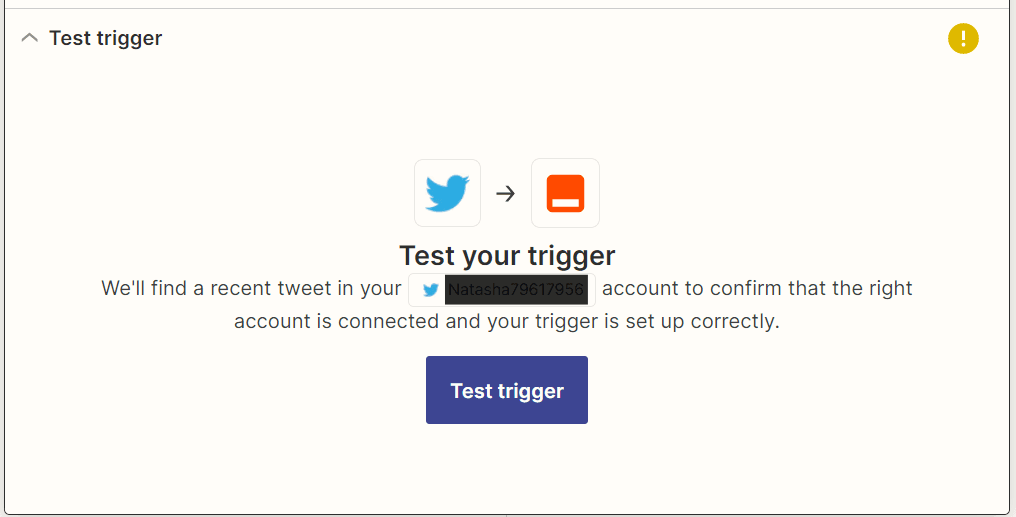
After setting up all the settings of Twitter, the next is Constant Contact set up. Constant Contact set up is the same as above. The events include Create Contact, Update Contact, Find or Create contact, etc. After testing all, hit the publish button. Then your Constant Contact and PayPal will be connected through Zapier.
#Example 3
I am going to show you one more example. Let’s see how to connect Airtable with Constant Contact. Here I selected the Airtable event as “Trigger when a record is created or updated”. And Constant Contact event “Creates a contact on a specific list in your account.”
After clicking Connect Airtable + Constant Contact, you will enter into their settings. From there, if you want to change the app, you can. Also, if you want to change the event, you can do it. There are only two events available for Airtable. They are “Trigger when a new record is created. Optionally, trigger when any record (new or existing) is first added to a selected view.” and “Trigger when a new record is created or updated.”
The next step is to Choose an account. You have to connect to your Airtable account. For that, you need your Airtable API Key. After entering the API key and clicking continue, Zapier will access your Airtable account.
The next step is to set up Trigger. For that, you have to fill some fields like Base, Table, Limit view, etc. In these, there are required fields and also optional fields. Required fields are Base, Table, and Which timestamp field should Zap use to check for updates.
After finishing the Airtable setup, next is Constant Contact. The Constant Contact events include Create Contact, Update Contact, and Find or create contact. Here I selected create a contact on a specific list.
The next step is to connect your Constant Contact account. If you have more than one account you can connect whichever account you want.
The next step is setup action. In this, there are several fields like Create source, Email, List, First name, etc. But all of these are not required fields. The fields which are required are Create Source and Email. After completing these fields, click Publish. Now your Constant Contact will be connected with Airtable. Whenever a record is created or updated in the Airtable, then it will create a new contact in a specific list of your Constant Contact.
Success Story
#Zapier automation helps a real estate company process more than 500 leads per month.
Eaton Realty was a Tampa-based Real Estate business. They received leads from potential buyers, sellers, and renters from different sources like Zillow, Hotpads, Realtor.com, their website, etc. People will contact Eaton Realty for information about buying, selling, renting, etc. It took a lot of time to keep those contacts in their database.
They need to distribute the leads to their agents automatically and quickly. They also got some solutions. But they were expensive and not exactly what they wanted. Then Eaton Realty found Zapier. They connected Zaps to automate their workflows.
For example, They used Mailparser.io to parse email addresses from their all sources. Then they used Zapier to connect Constant Contact. Using Constant Contact, they send email marketing campaigns to their quality leads. Using Zapier, they processed over 500 leads just in one month.
Given below are some Zapier templates of Constant Contact. Here you can save new Typeform entries to contacts in Constant Contact. Send new Zillow Tech Connect contacts to Constant Contact, Create contacts in Constant Contacts for new leads in Real Geeks, etc.
This is how we connect Zapier with different apps. Like these, we can connect 5000+ apps through Zapier. Zapier is the best intermediate platform for connecting different apps. Zapier will make your work life easier.

Sophia Gilbert is an Email Marketing Specialist and Web Application Expert with 10+ years of experience. She meticulously tested and used most of the email marketing tools & website builders in the real field. Here she is sharing reviews and comparisons of different email marketing tools based on her past experience through different companies where she has worked.
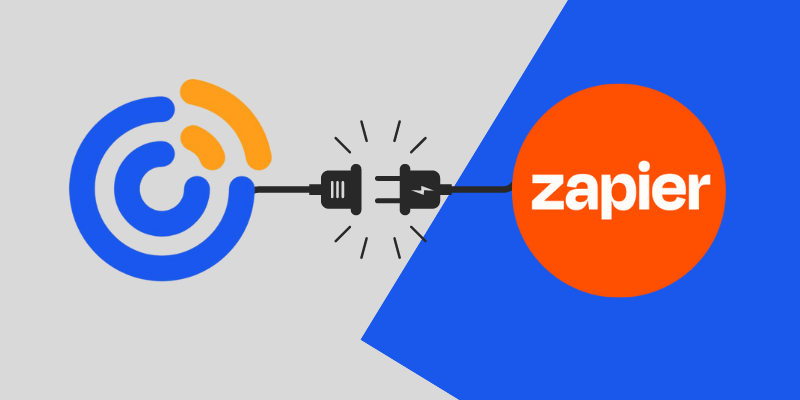
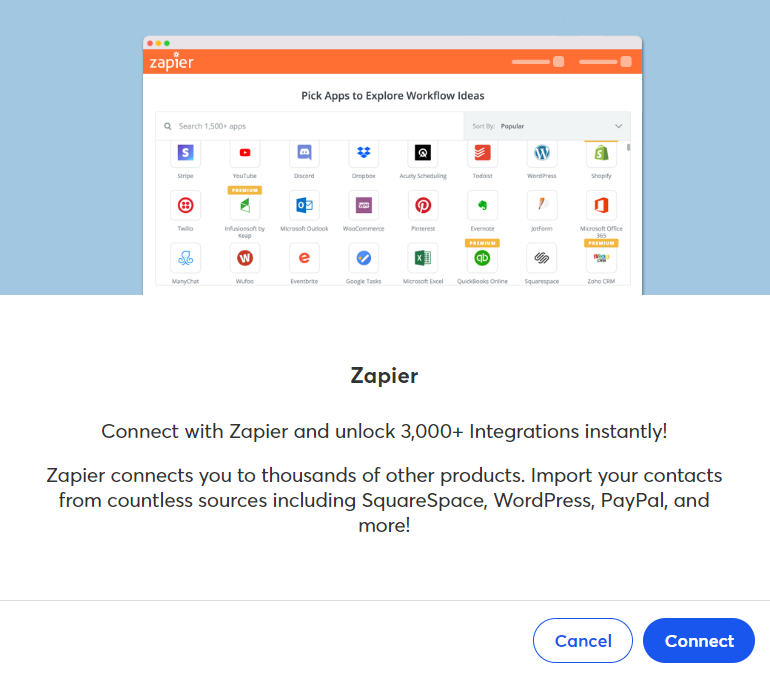
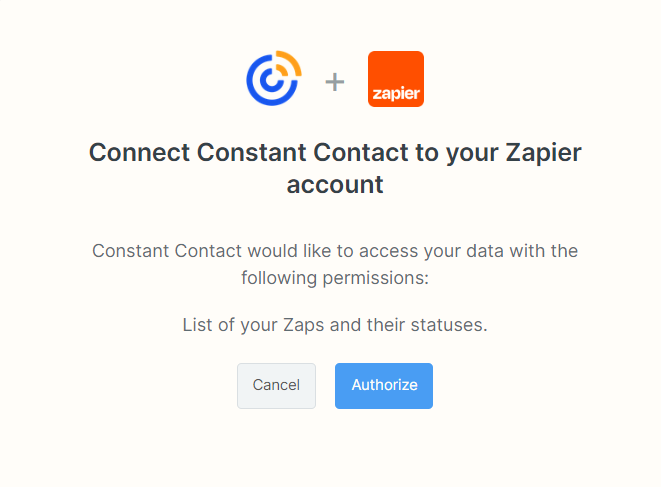
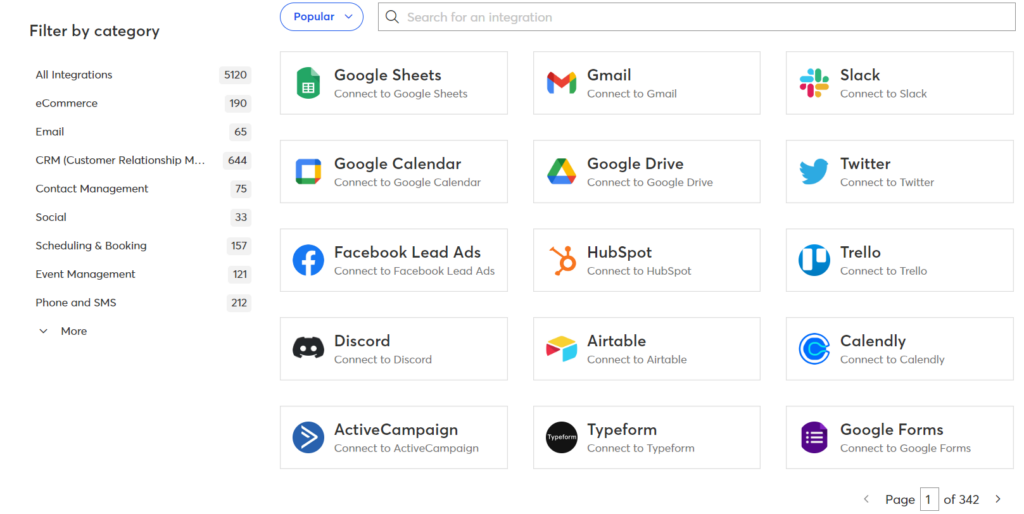
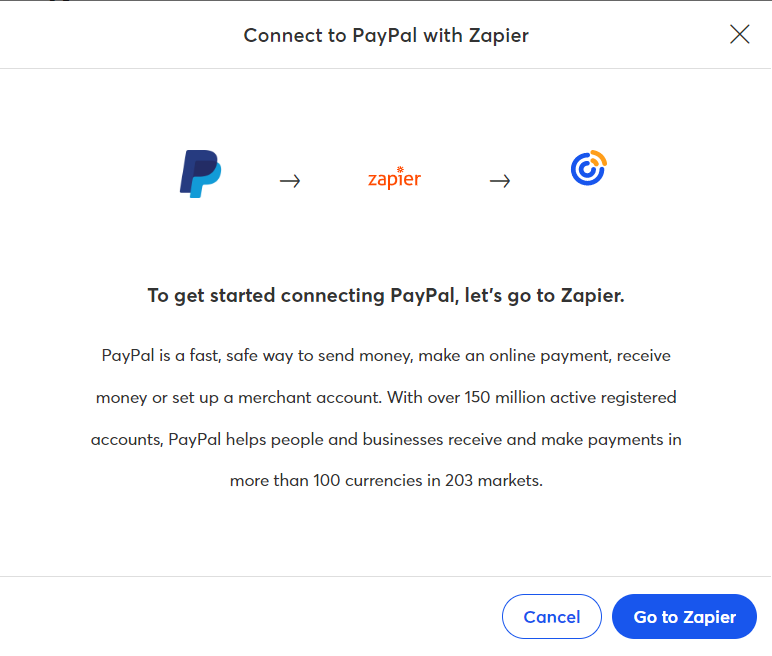
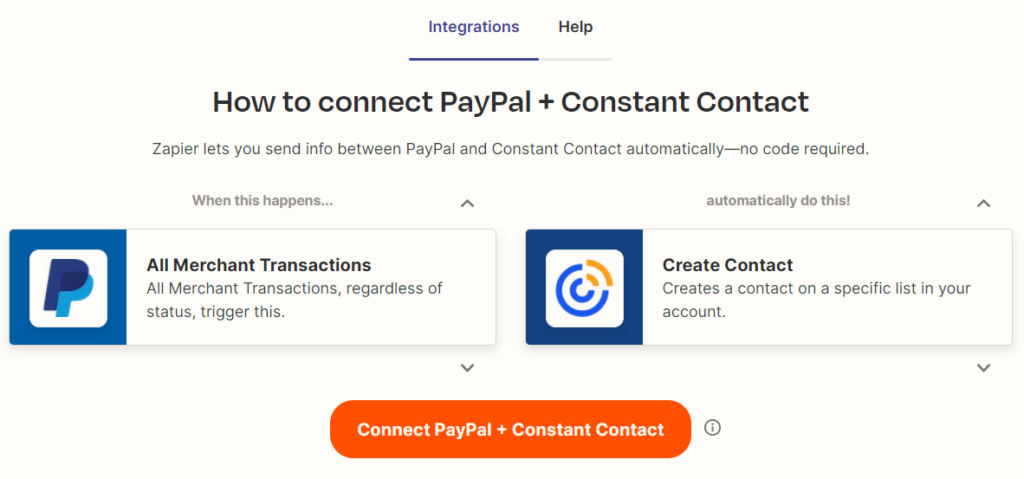
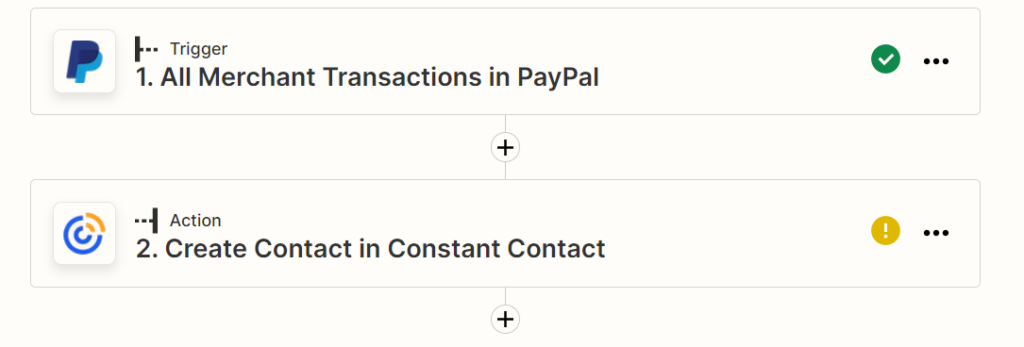
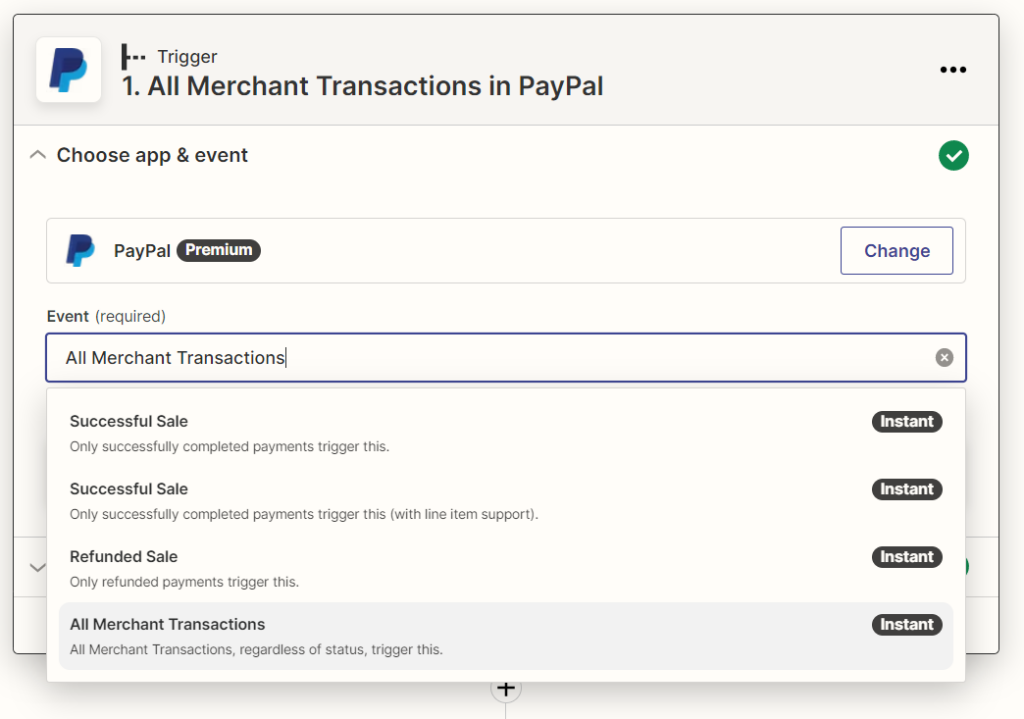
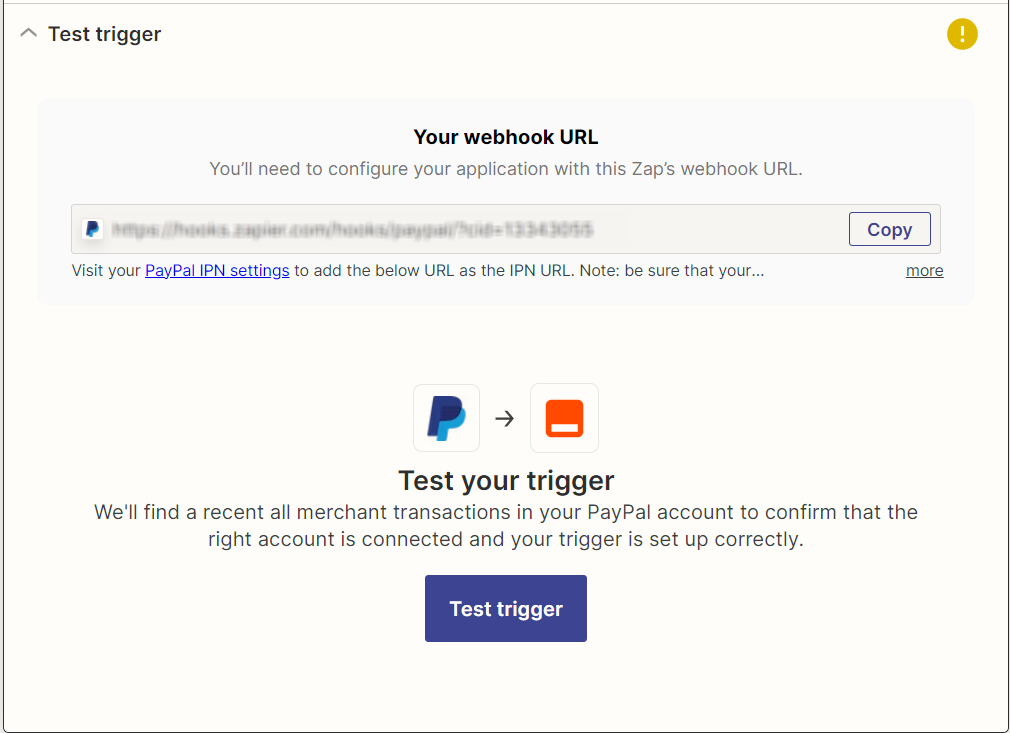
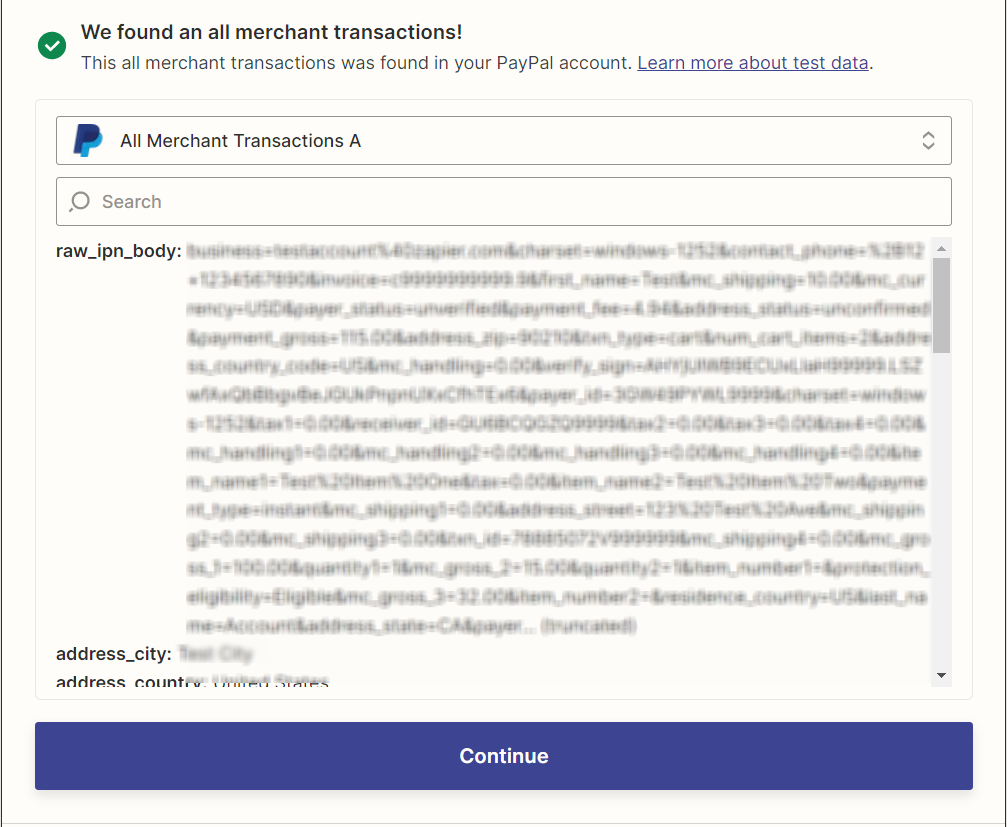
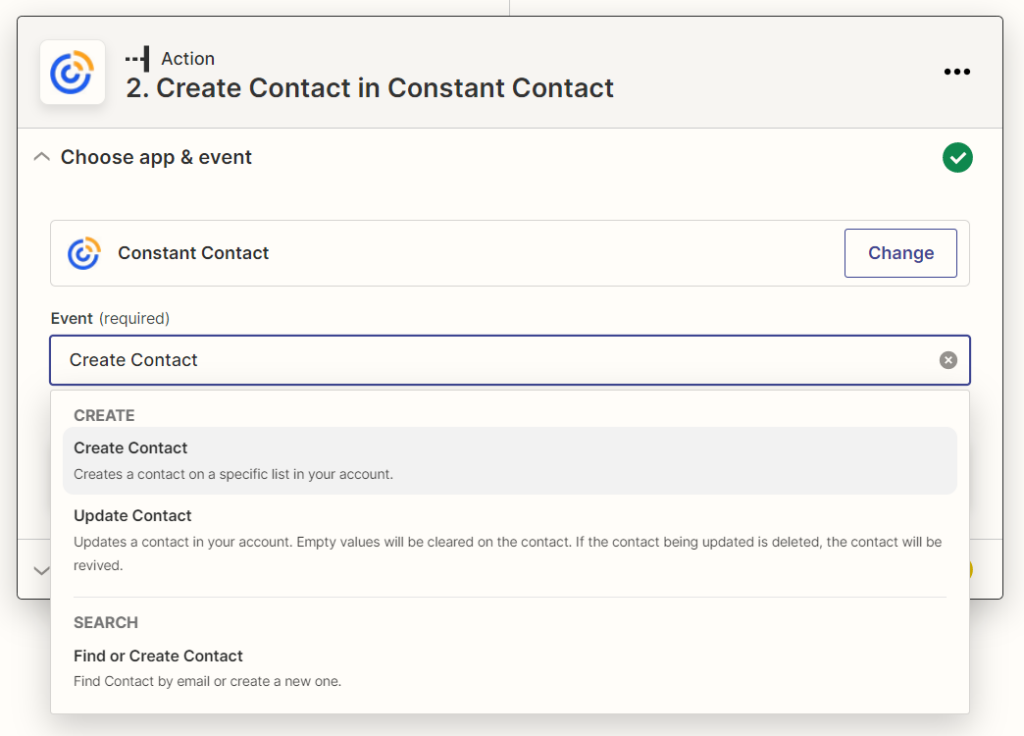
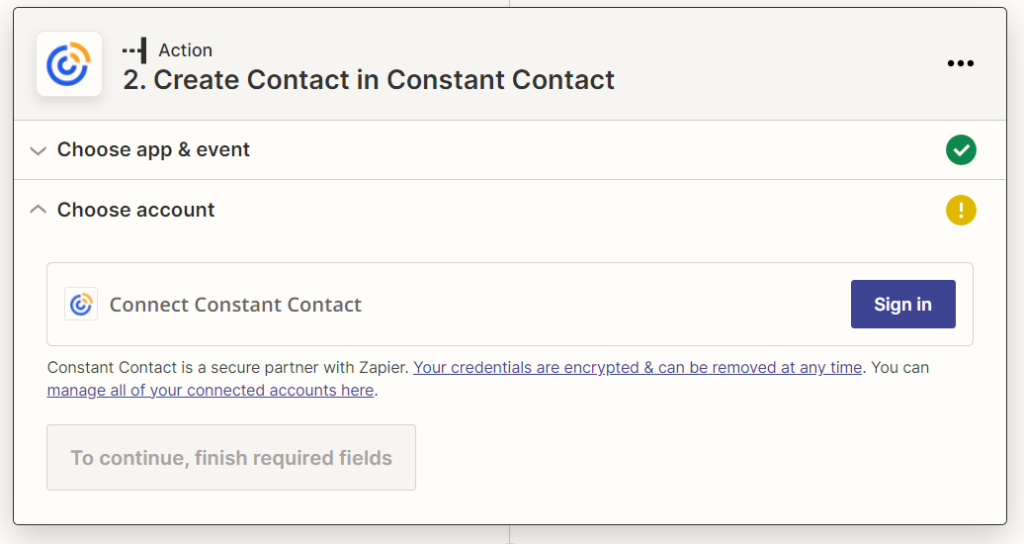
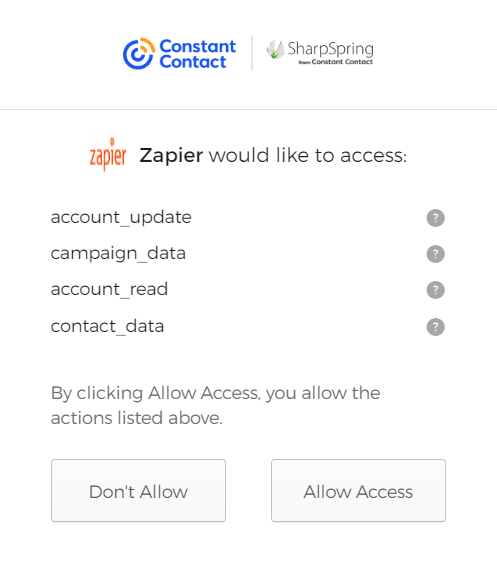
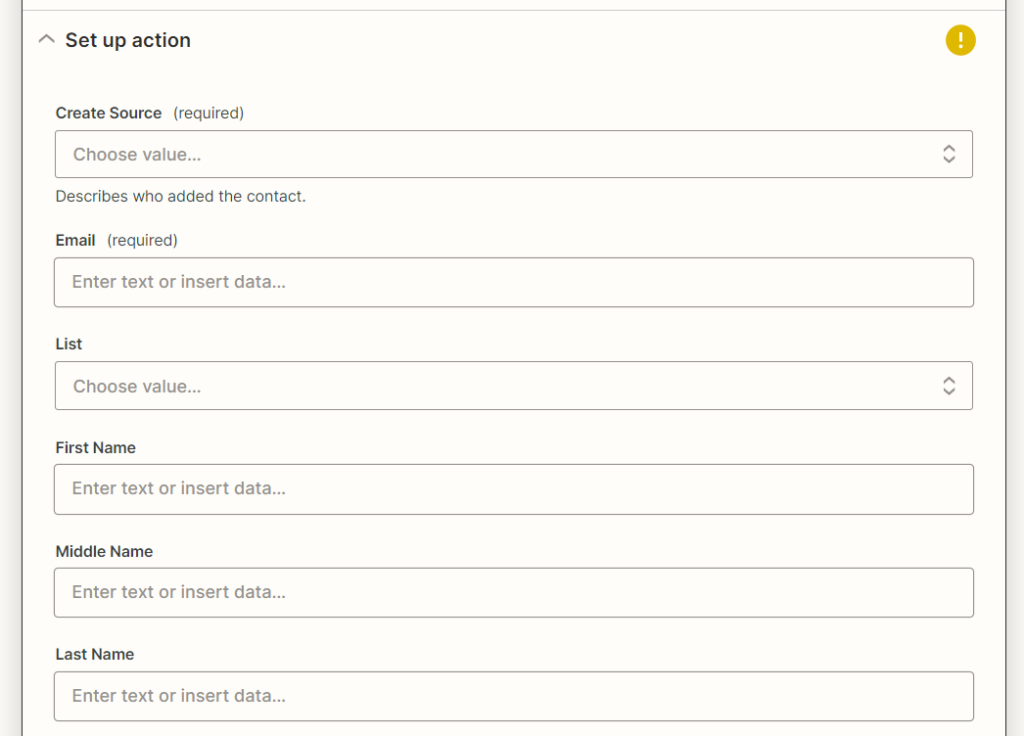
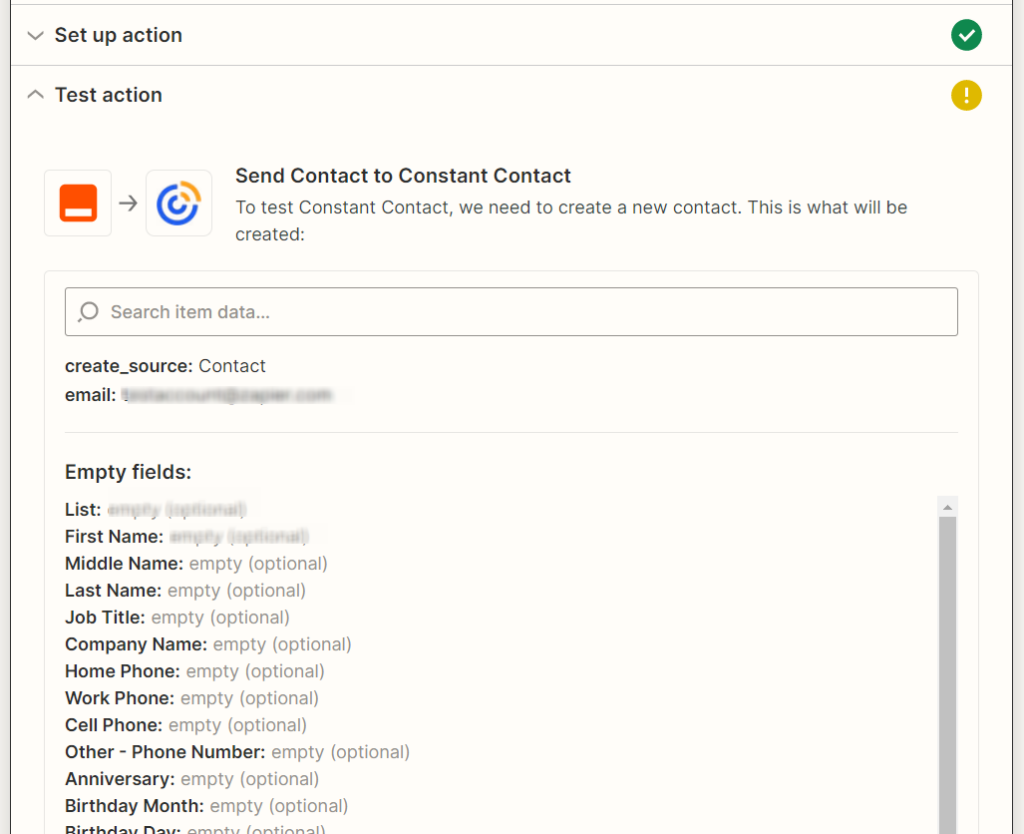
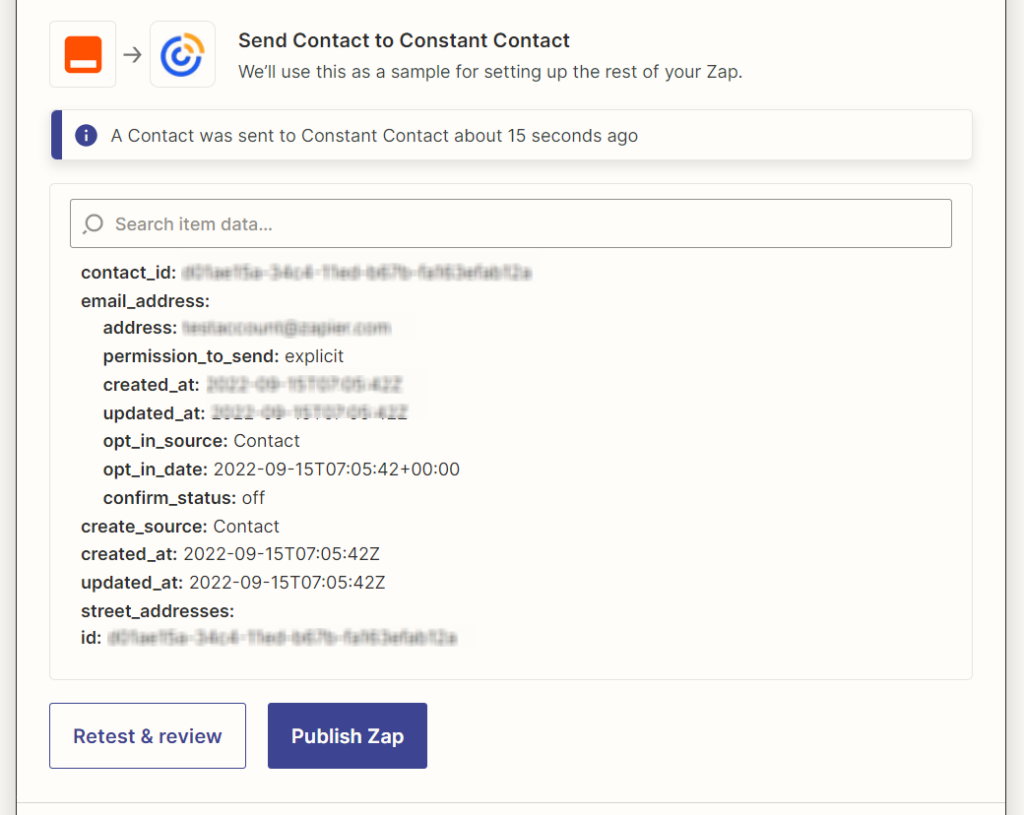
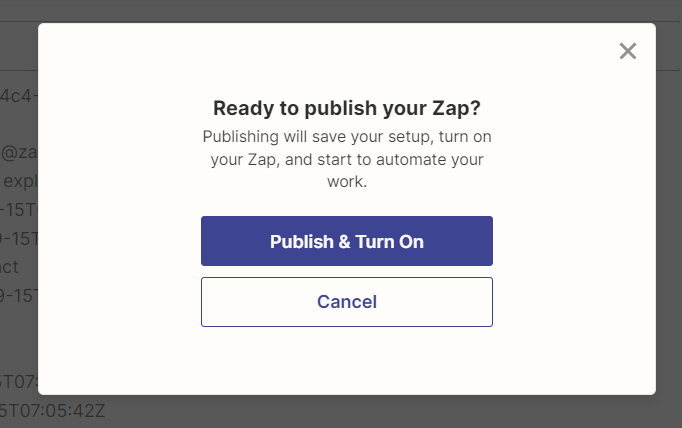
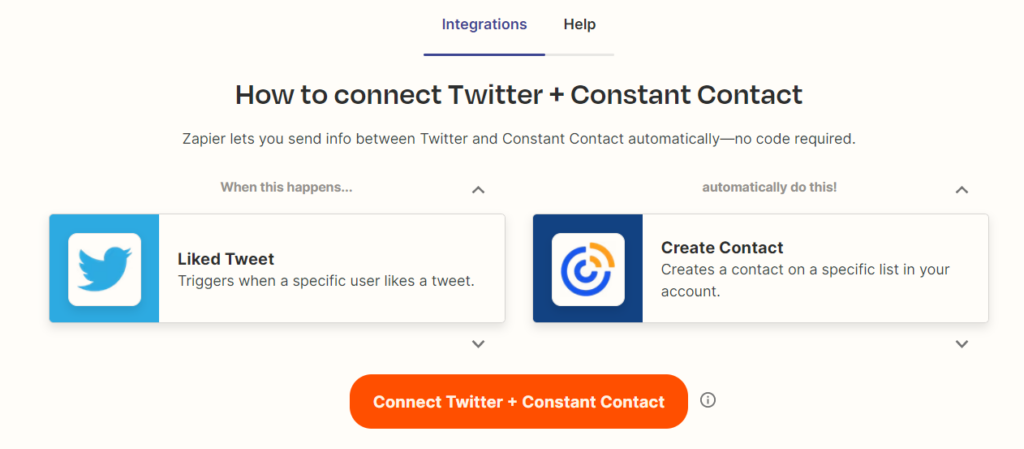
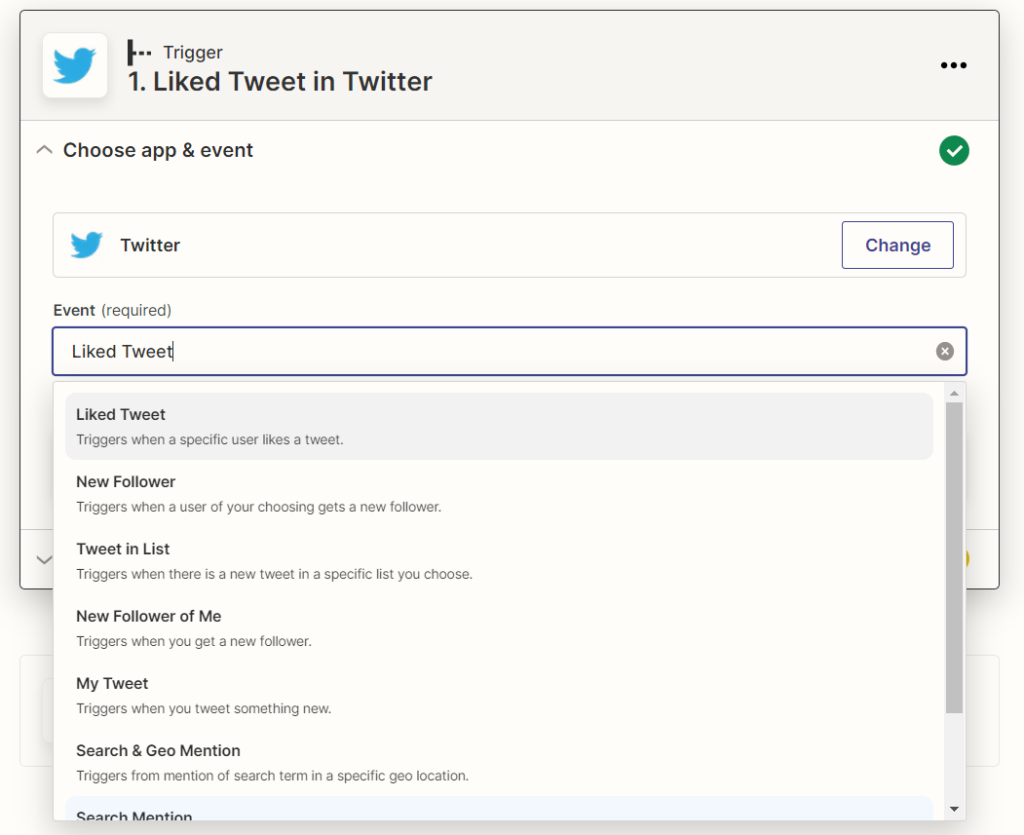
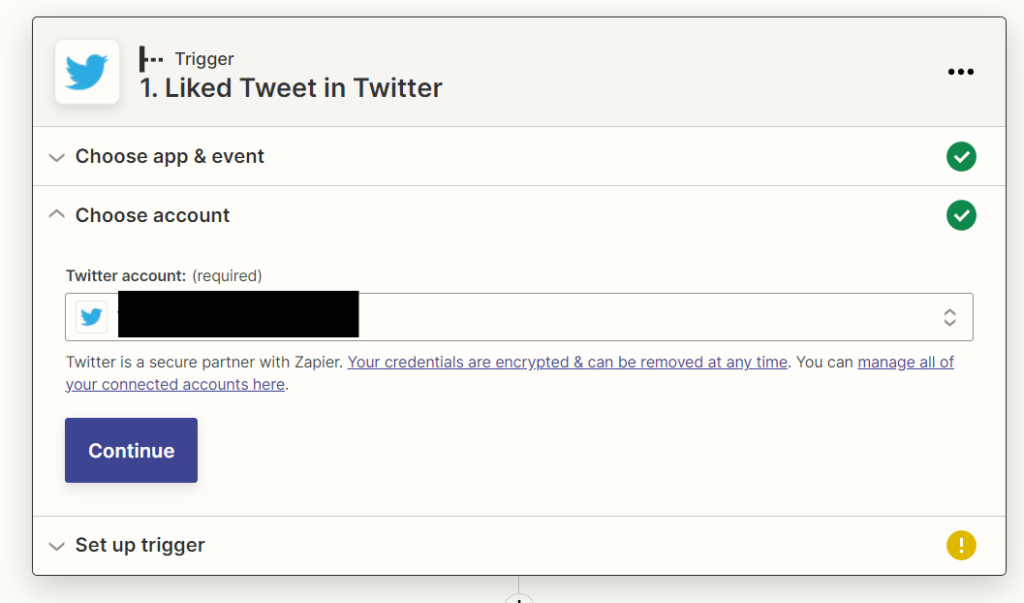
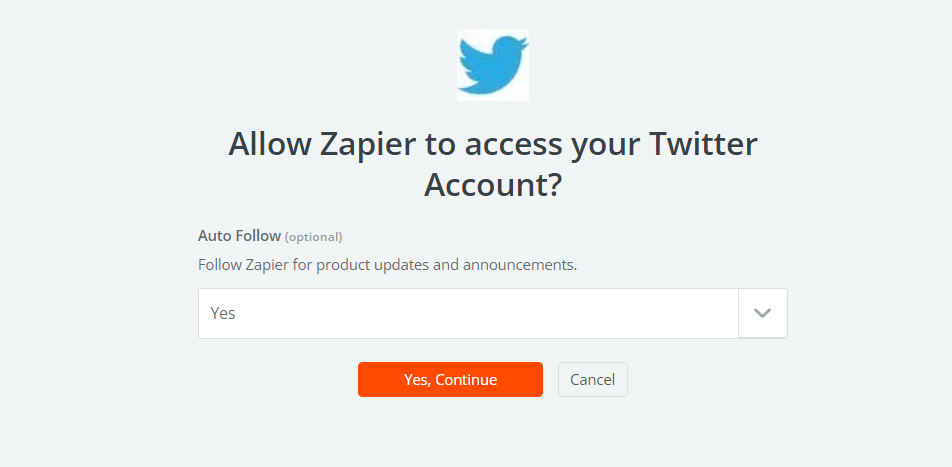
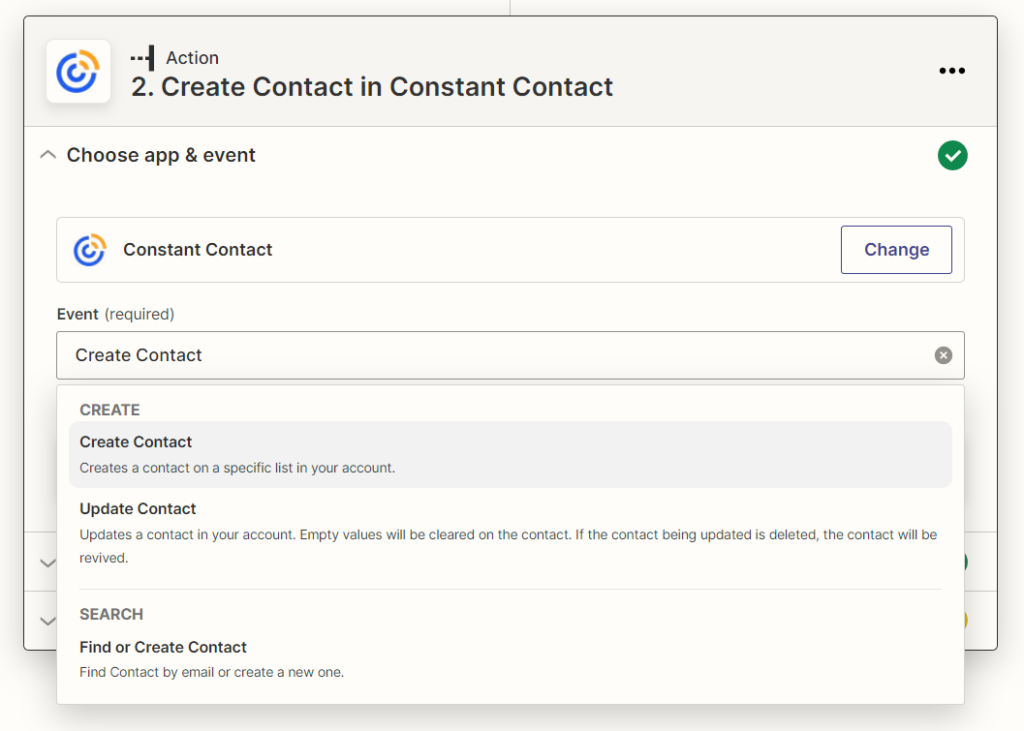
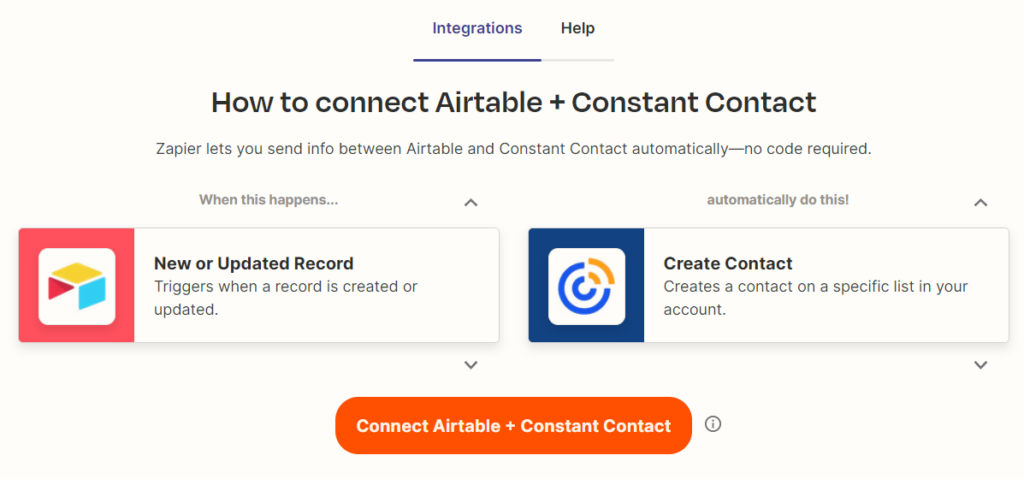
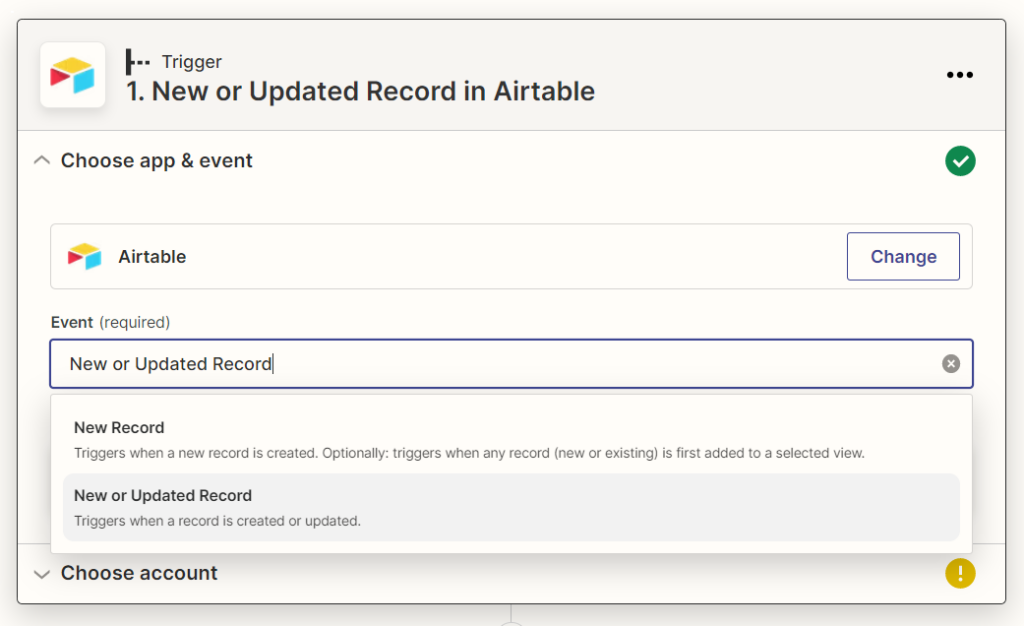
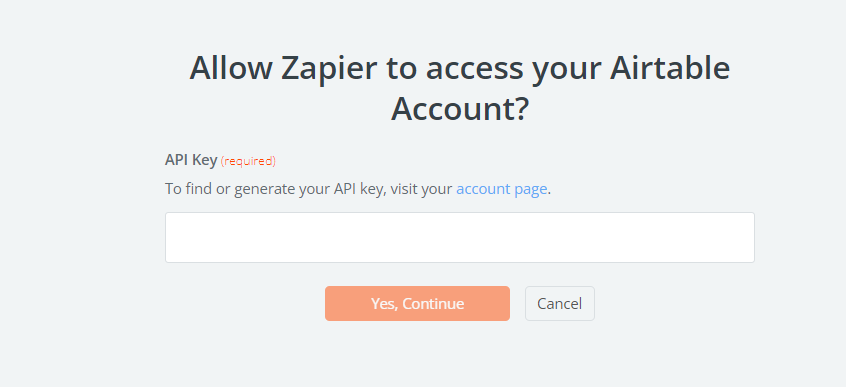
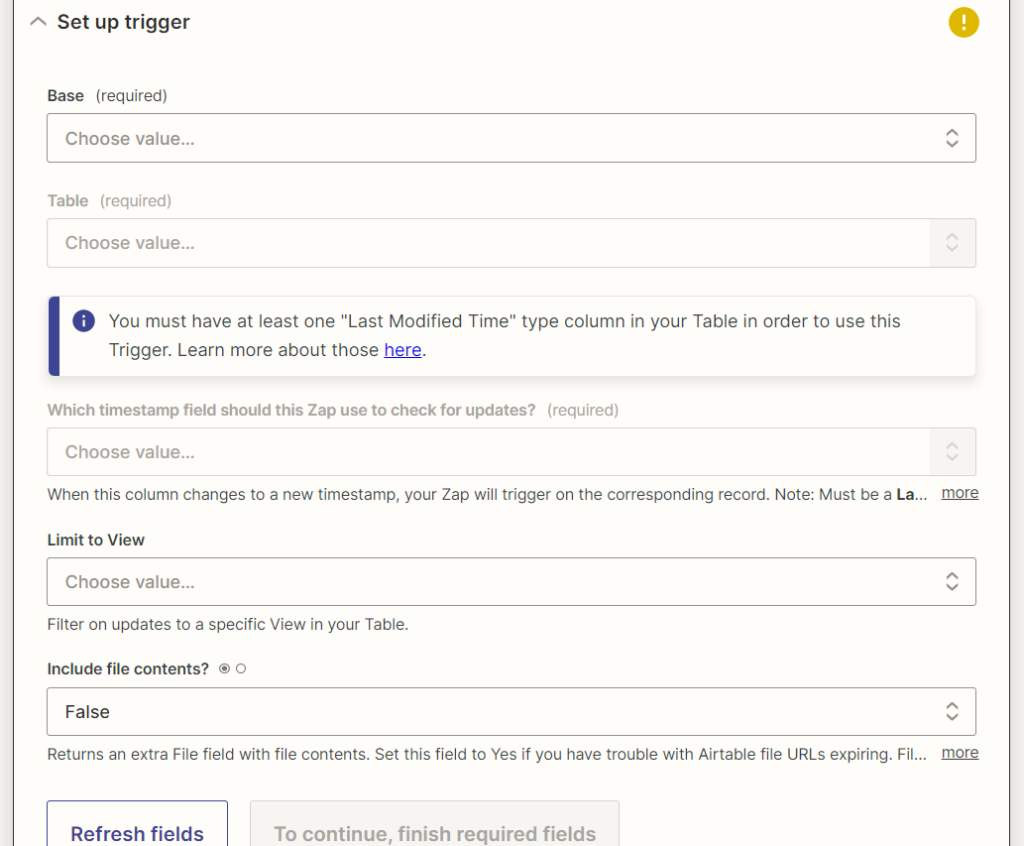
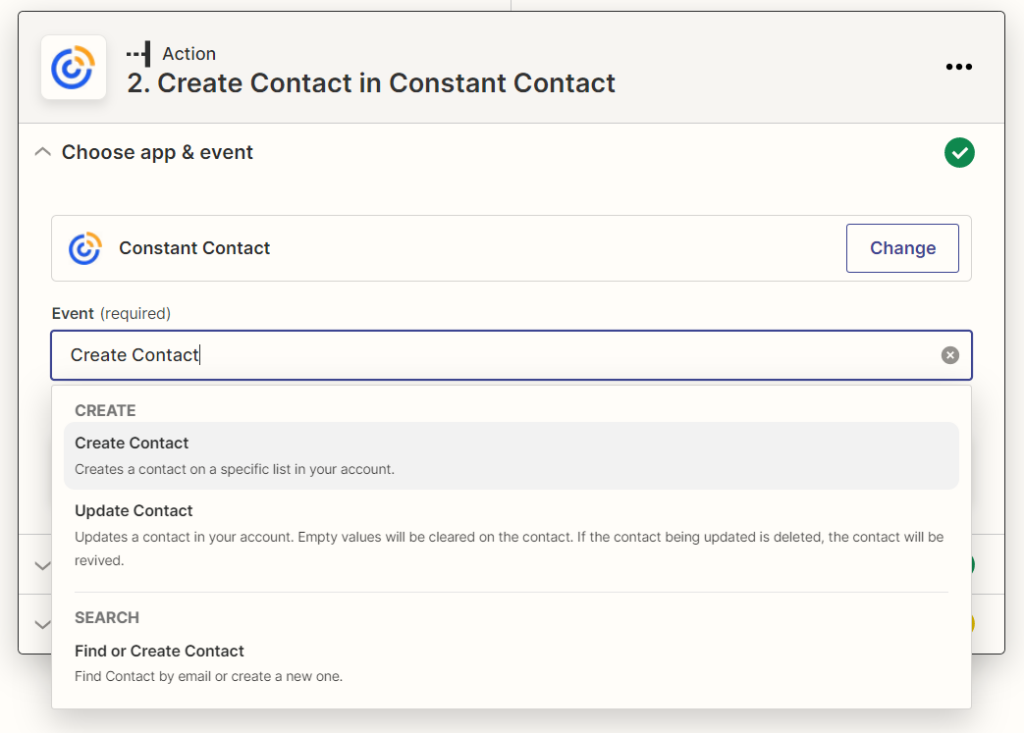
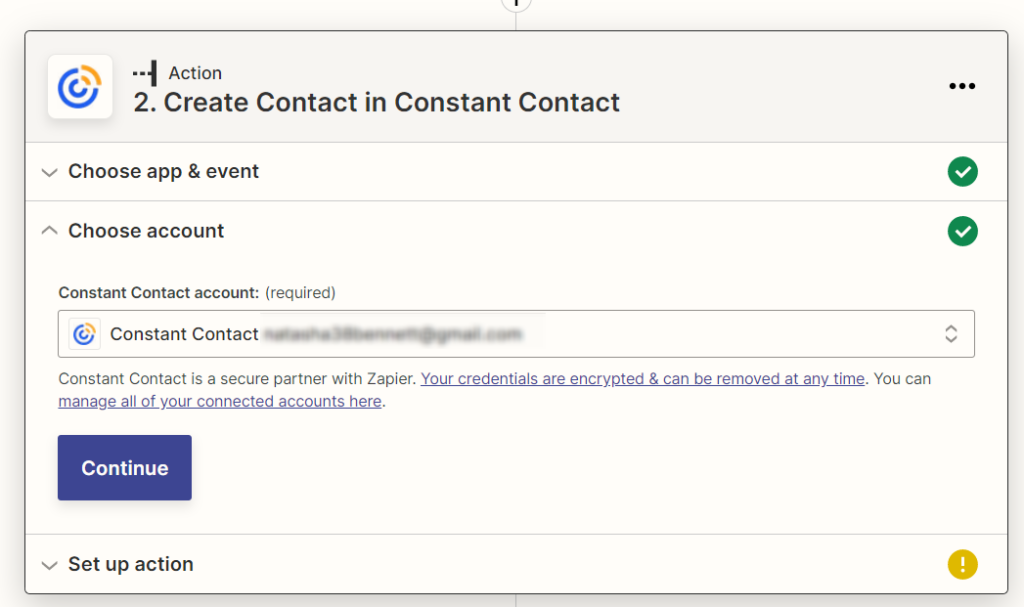
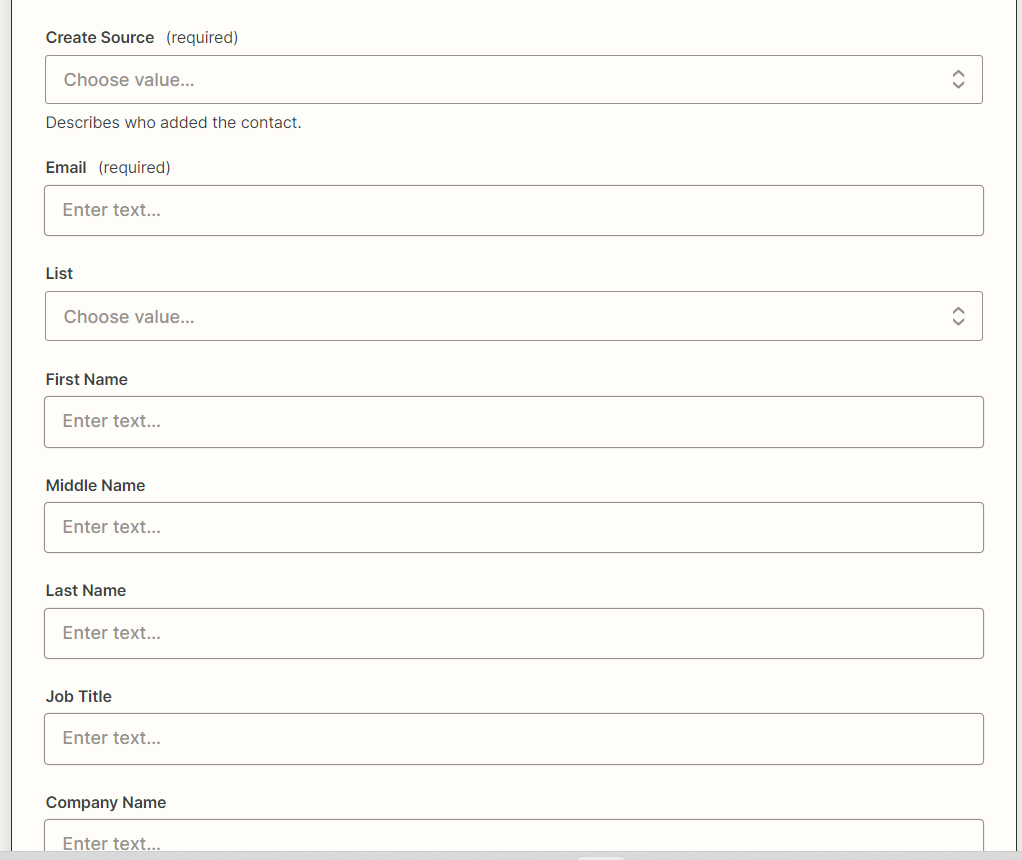

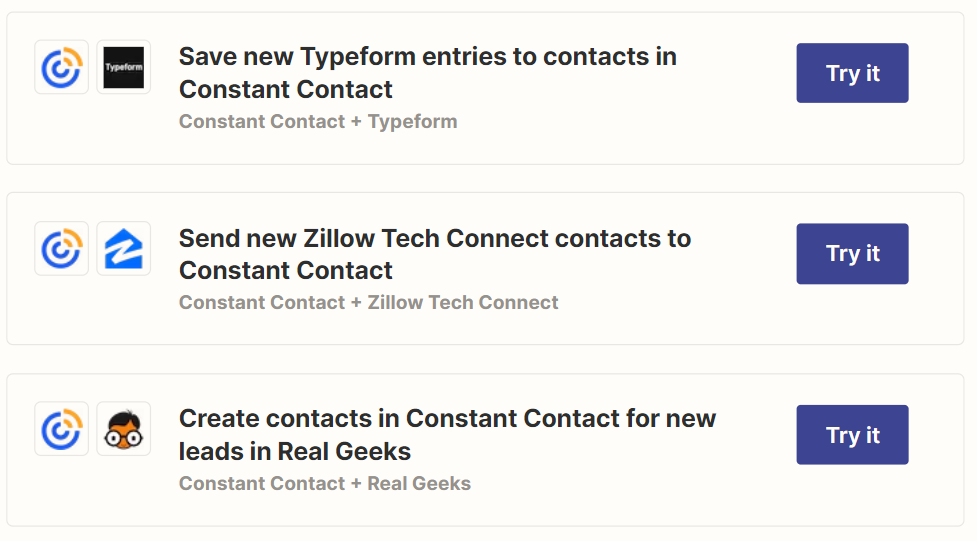
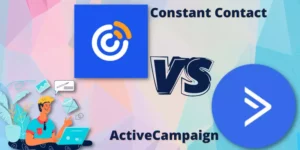
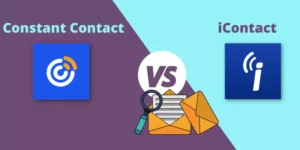
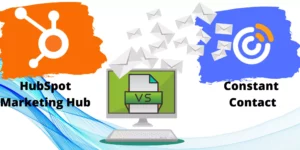
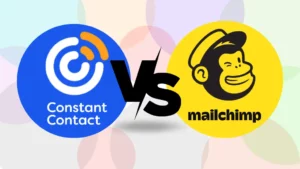
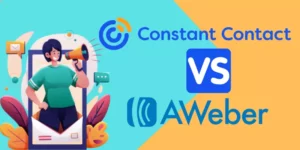
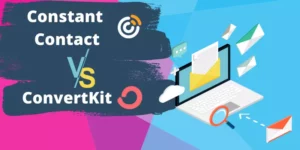
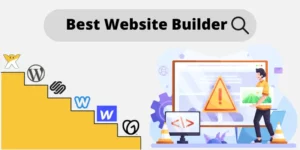
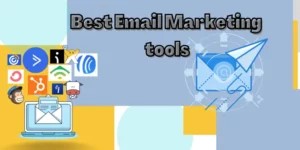
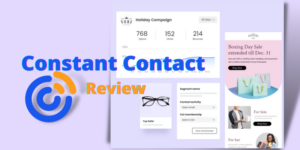
This is really great information.